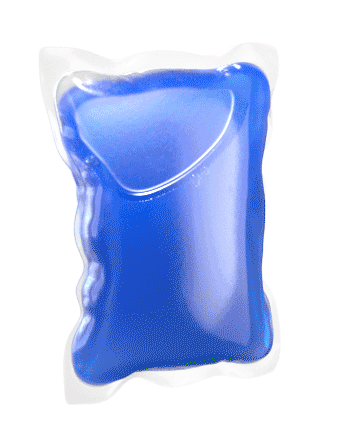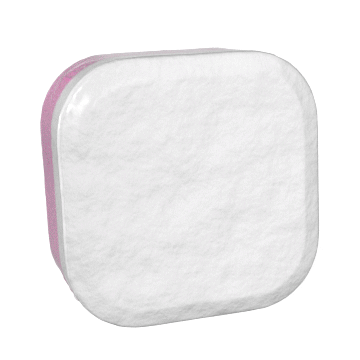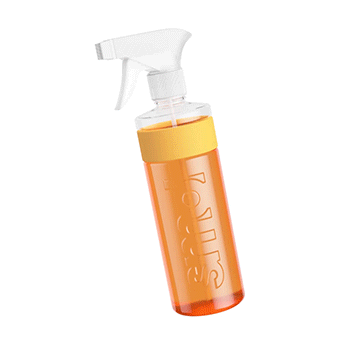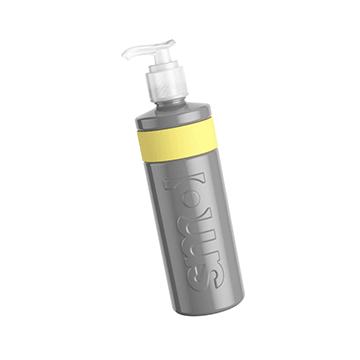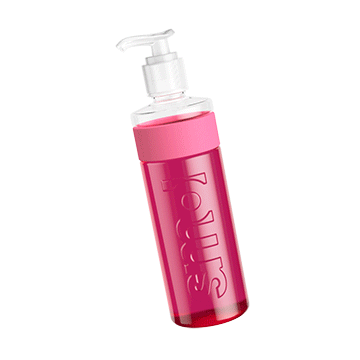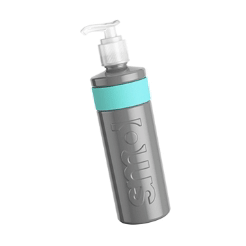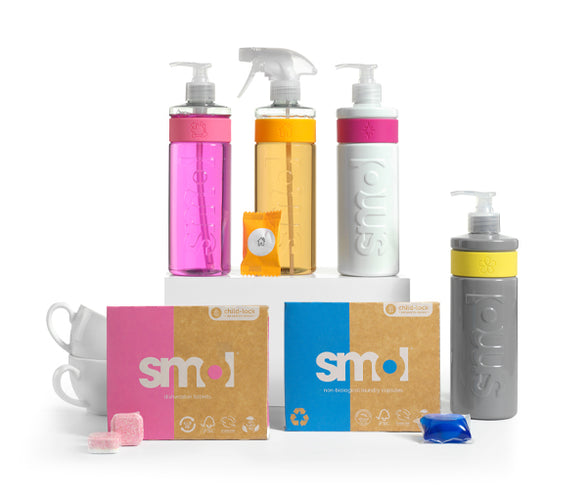Dishwash the Dirt
Thousands have lived without love, not one without water.
H Auden.
It rains a lot in the UK and when we turn on the tap there is always plenty of water. Difficult then, to feel concerned about water shortages.
Yet the SE of England faces increasing demands on water supply with unchecked water-use, more infrastructure, climate change and population growth meaning the area could run out of water within 20 years.*
So, there’s a need for us all to start limiting water-use, but it’s easy to feel detached. We often pay our bills by direct debit and we don’t really see the volumes of water running through our homes each day. It’s no wonder most of us don’t realise the full impact of turning on a tap.
So how do we ensure having clean dishes doesn’t waste valuable resources?
Should we wash by hand… or dishwash the dirt?
Interestingly, a dishwasher can be more water and energy efficient than washing by hand. A study of 200 households found those with dishwashers used 50% less water and 28% less energy than those without.**
Newer dishwashers use around 10 litres of water on an eco setting whereas washing up by hand can use 9 times this if you are running items under a hot tap. ***
In fact, the kitchen sink is the source of most water-related carbon emissions in the home.
And how much energy does a dishwasher use?
It depends on the age and efficiency rating of your machine. Newer models with A+++ ratings use less energy especially if you are only running it once a day. They take cold water from the mains and heat it within the machine which is more efficient than running off a hot feed.
But remember, whilst full-sized dishwashers are more water/energy efficient, this is based on filling the machine each time it is used.
Washing a half-empty load means you’ll be wasting half of the machine’s water and energy. If you live alone, a compact dishwasher will be a more efficient choice. The important thing is to just run it once it’s fully loaded. This way you will be saving money and power because one cycle costs the same as running the hot tap for 6-9 minutes.****
We asked our customers if they ever placed any more unusual items into their dishwasher in the interests of keeping it fully-loaded... and the answer was YES! Some of the more unexpected items included;
Wellies, hairbrushes, dog toys, salmon, flip flops, extractor filters, cheese, toilet brushes and drift wood for a tropical fish tank! Who knew?!
What about a pre-wash?
There’s no need to pre-wash dishes before placing them into the machine. Simply scrape any leftover food into the bin first. Then pick the energy-efficient setting which uses less power by heating the water slowly over a longer cycle. It can reduce your energy use by up to 20%.***
Worth noting that smol dishwash tablets are an all-in-one tablet that includes rinse aid, salt and glass protector so no need to use additional products either.
Don’t have a dishwasher?
Fear not.
Here are our top tips to wash-up wisely.
Fill a bowl (or half of a split sink) with hot water and washing-up liquid and another bowl (or half-sink) with clean hot water.
Pre-soak your dishes in the hot soapy water bowl to loosen any debris. You’ll use less water and energy when the time comes to scrub them. Don’t hold them under a constantly running tap.
Use the second bowl of clean hot water for rinsing.
There are also some brilliant sustainable/non-plastic brushes and scourers available online made from bamboo, wood, loofah and coconut fibre so no need to bring more plastic into the home.
And to dry? Leave them to air or use a cloth tea-towel that can be washed and reused again and again.
Following these tips means you’ll use around the same amount of water as the dishwasher.
Clean dishes, clean conscience… smol things make a big difference.
* National Audit Office 2020
**(C P Richter 2007 - 2008)
*** (Energy Saving Trust 2013)
**** (B. Galizzi, Money 2020)
